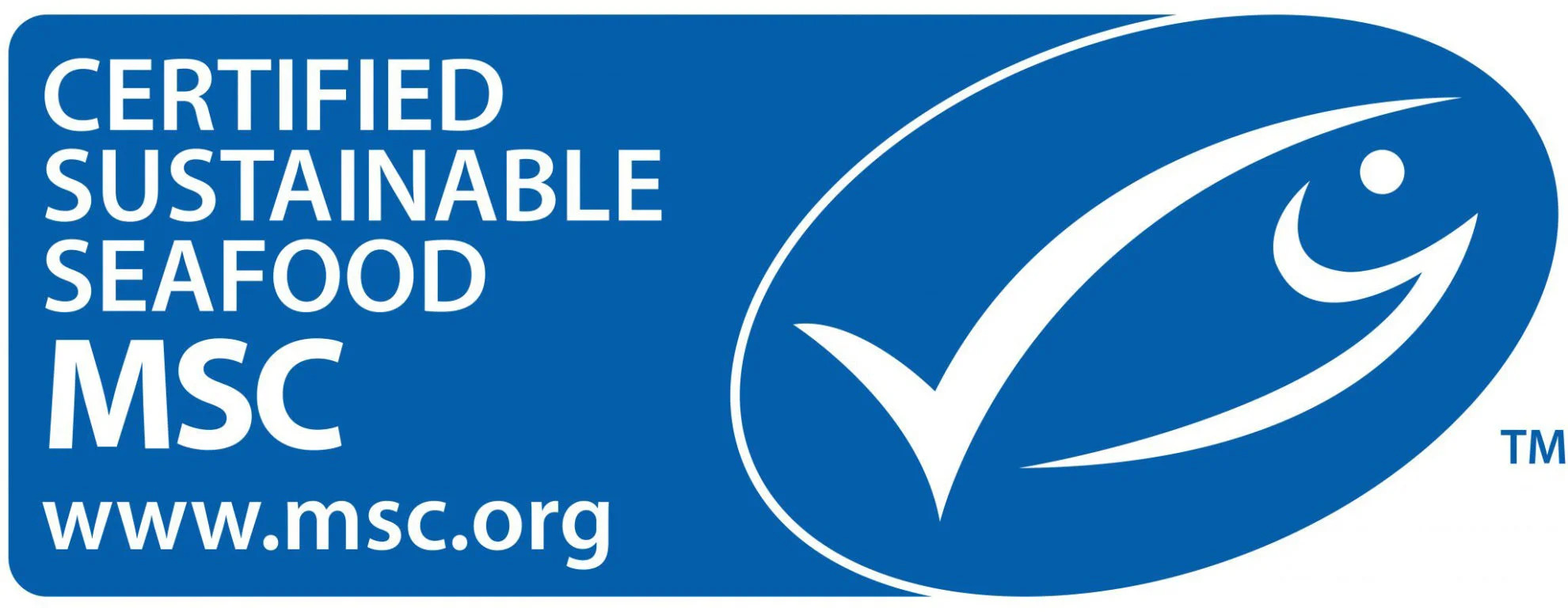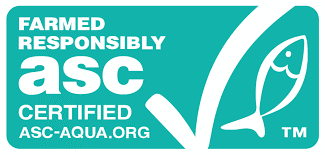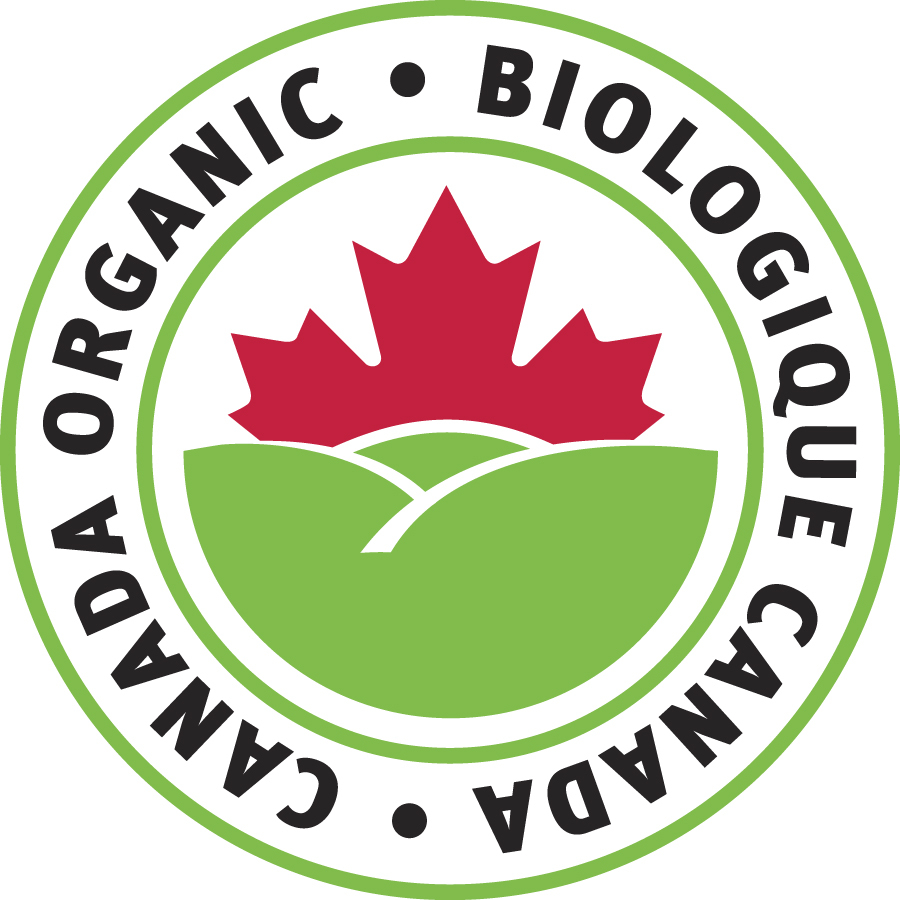

What types of seafood are farmed in Canada?
Canada’s fish farmers, or aquaculturists, raise a variety of fish and shellfish in locations across the country. The key farmed species are:
Salmon • Trout • Arctic Char • Sablefish • Halibut • Mussels • Oysters • Clams • Scallops
What types of seafood are wild-caught in Canada?
Dozens of species are caught commercially in Canada’s three oceans and our many freshwater fisheries. Some of the most commonly caught species are:
Lobster • Shrimp • Crabs • Flounder • Sole • Trout • Haddock • Halibut • Scallops • Salmon
What is the most popular seafood in Canada?
Canada is a land of plenty when it comes to seafood; there are so many species to try! But, the runaway seafood of choice is salmon. A 2021 study found that nearly 80% of Canadians eat this healthy and delicious fish.
(Source: Salmon Report, Agri-Food Analytics Lab, Dalhousie University, June 2021.)
How often should I eat seafood?
Leading public health authorities, including Health Canada and the World Health Organization, recommend at least two servings of fish or other seafood per week as part of a healthy diet. To see how easy it is to mix up your routine with healthy, delicious Canadian Seafood, have a look at our recipe recommendations!
Is seafood expensive?
Canadian Seafood runs the gamut from premium products to everyday options. That’s the beauty of having such a diverse fishery available here in Canada. From celebrating a special occasion to a quick & easy dinner fix, there’s always something to suit your needs and budget.
Is frozen seafood as good as fresh?
Depending on where you live and the season, fresh seafood isn’t always easy to find. Also, some people are more comfortable with frozen seafood, and it’s incredibly convenient — have some handy in your freezer, and you’re ready for a seafood meal anytime! If you’re concerned about losing quality or nutritional value, don’t be; most frozen Canadian Seafood is flash-frozen to seal in the freshness and nutrients. In many cases, the seafood is frozen right on the boat! You can’t get any closer to fresh than that.
What’s the healthiest species of seafood?
All Canadian seafood, including wild-caught and farmed, can be part of a healthy diet. Many of our cold-water fish species are especially healthy, including salmon, trout, and Arctic char. Shellfish, including clams, mussels, and lobster, are also considered very healthy, offering high levels of omega-3 fatty acids and proteins but very little fat.
Is seafood a good source of protein?
Absolutely! Many fish and shellfish species are nearly as high in protein as beef, chicken, and pork, making it easy to add more Canadian Seafood to your diet.
Can you replace meat with seafood?
There are many good reasons to eat a variety of proteins, including red meat and poultry. However, replacing your usual meat choices with Canadian Seafood just a few times a week can significantly lower your fat intake, increase your omega-3 fatty acid consumption, and reduce your carbon footprint.
Why do I need omega-3 fatty acids?
Omega-3 fatty acids help build cells, provide energy, and help your circulatory, respiratory, and immune systems do their jobs. Plus, they can reduce the risk of stroke and heart disease. Omega-3 fats may also help reduce inflammation and aid eye and brain development in infants. Studies are ongoing into this remarkable group of nutrients, and we’re learning more about their many beneficial properties all the time.
What is the best source of omega-3 fatty acids?
Fish and seafood are by far nature’s best source of the omega-3 fatty acids EPA and DHA. Some of the best choices for omega-3 fatty acids are:
To learn more about omega-3 fatty acids and why they matter, click the link below:
Is Canadian seafood sustainable?
Canadian fish harvesters strive to keep their industry as sustainable and eco-friendly as possible — it’s important to them, just like it is to you. So you’ll be happy to hear that Canada’s fisheries are world leaders in third-party sustainability certifications. In fact, 94% of Canadian fisheries are harvested at sustainable levels. That’s great news for future generations of seafood lovers!
How do I know if the seafood I’m buying is sustainable?
Canada’s fisheries and fish farms are world leaders in sustainable seafood harvesting. When you choose Canadian Seafood, look for labels verifying third-party certification. It’s an easy way to feel good about what you’re putting on your table. Watch for these labels and buy with confidence:
Wild

Farmed

Farmed

Farmed

Is fish fraud a problem in Canada?
Sometimes, it’s hard to be sure you’re getting what you’ve asked for, especially when some seafood species are known by more than one name. The good news is, 92% of seafood sold at retailers in Canada IS labelled correctly.
Is seafood keto?
Depending on how it’s prepared and served, nearly all types of seafood are suitable for a keto diet. Seafood is naturally low in carbs (many species have no carbs at all!) but provides plenty of protein and omega-3 fatty acids.
Is seafood halal?
In the absence of a halal certification label on a package, the question of whether seafood is halal and, therefore, permissible for Muslims to eat can only be fully answered by an Islamic scholar you trust. However, the belief is held by many Muslims that all scaled fish are halal and that many crustaceans are also permissible for consumption.
Is seafood kosher?
Many species of fish caught and farmed in Canada are considered kosher, including salmon and trout. Shellfish and crustaceans are never kosher. To determine whether or not a particular species of fish is kosher, look for a certification label on the package. When in doubt, it’s best to consult a reliable source, such as a rabbi or a trusted website.